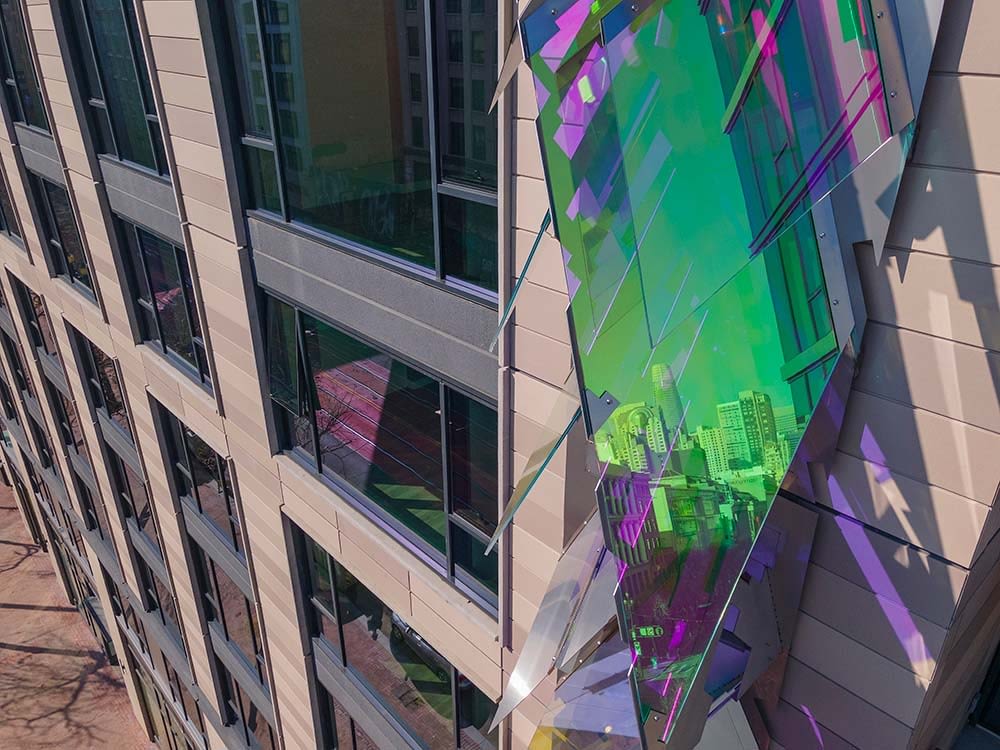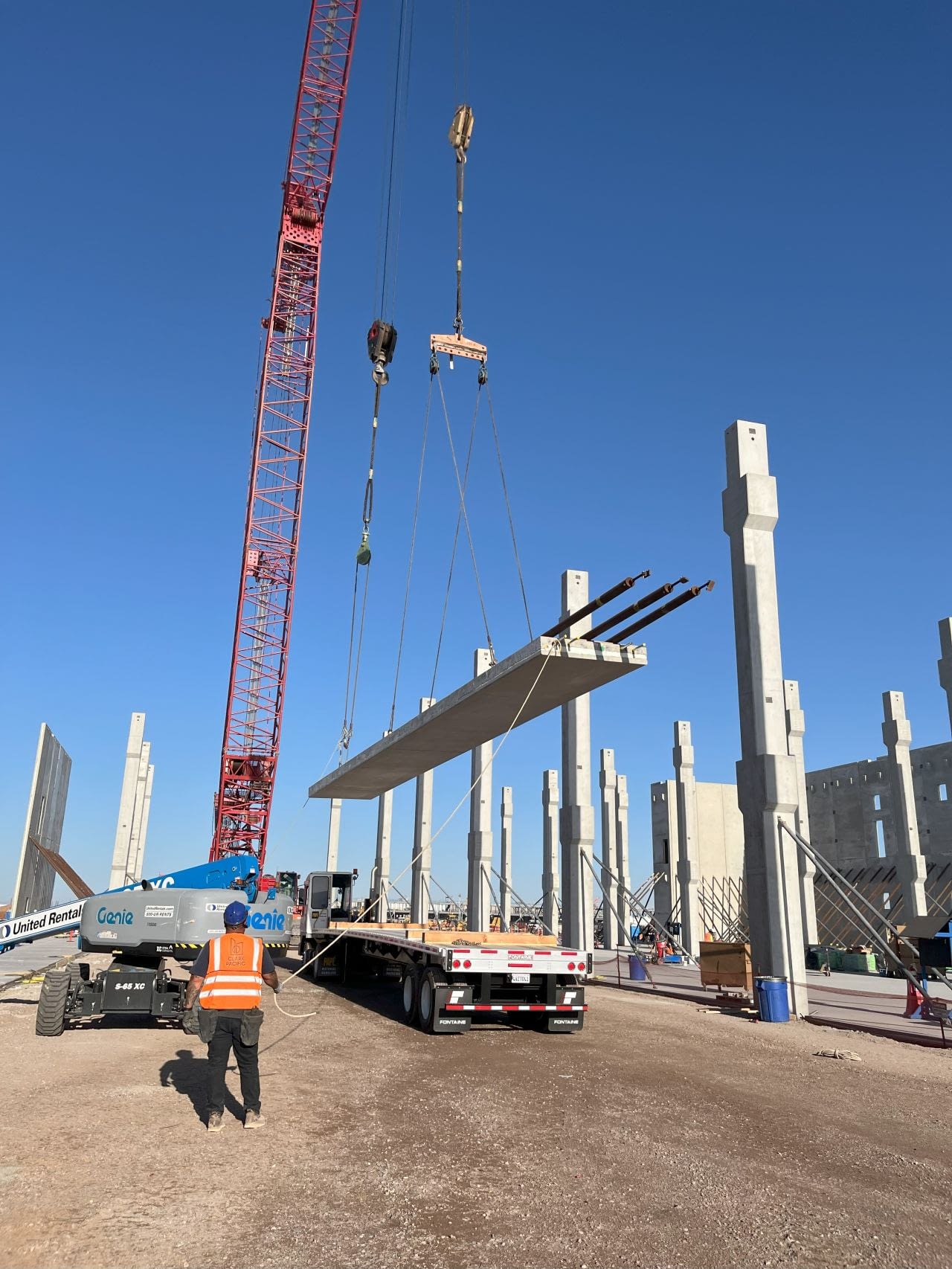Times are changing and that’s a good thing. Driven by the growing awareness of the impact of greenhouse gas emissions on the planet and the undeniable statistic that nearly 40%* of global carbon emissions comes from the built environment the construction industry is faced with a hard question. How to create a built environment that doesn’t cause a negative environmental impact?
Clark Pacific, with 63 years of leadership and innovation, plans to address this question head on with the same determination that has cemented its place in the construction industry. Sustainability is often viewed singularly through the lens of environmental impact. At Clark Pacific, we value a more holistic definition of sustainability which also includes the impacts on people and the local economy. In our journey to be a leader in sustainability across the prefabrication, construction, and manufacturing realms, our strategic plan must embody considerations for our impact on people, the environment and the economy.
These three intertwined categories: social sustainability (people), economic sustainability (profit), and environmental sustainability (planet) creates a concept known as the three pillars of sustainability, or rather the “Triple Bottom Line” a concept developed by John Elkington. The three pillars of sustainability provide a framework for applying a solutions-oriented approach to complicated sustainability issues such as those experienced in the construction industry. In formalizing our sustainability vision, Clark Pacific will continue to lead with an innovative approach by setting goals spanning all three of these categories.
The triple bottom line doesn’t refer to a company’s bottom line by accident. When creating a harmonious relationship in an organization through the three pillars of sustainability, an organization’s bottom line does in fact see positive impacts. A thriving business model is one that can see opportunities for growth in many facets, and a more holistic definition of sustainability allows for a broader understanding of the impacts an organization’s decisions have both internally and also throughout the communities they serve. When determining the types of sustainability goals to create for long range planning, Clark Pacific will consider the following:
- People: the positive and negative impact Clark Pacific has on our most important stakeholders. These include employees, families, customers, suppliers, communities, and any other person influencing or being affected by our organization.
- Planet: the positive and negative impact Clark Pacific has on the natural environment. This includes reducing our carbon footprint, mindful usage of natural resources, and the active responsible removal and management of waste and restoration of any natural harm done.
- Profit: the positive and negative impact Clark Pacific has on the local economies we serve. This includes creating employment, generating innovation, repeatability, maintaining a thriving and fiscally healthy business model, and any other economic impact our organization has.
Because we are a company that believes in being a force for good in the communities we serve, Clark Pacific will also include “Purpose” to create a “Quadruple Bottom Line” approach (people, planet, profit & purpose). This means we will continue to seek opportunities to give back to our communities and causes that align with our values, in partnership with The Clark Pacific Foundation, our nonprofit 501(c)(3).
*Why the Building Sector? (2021). Retrieved from Architecture 2030



